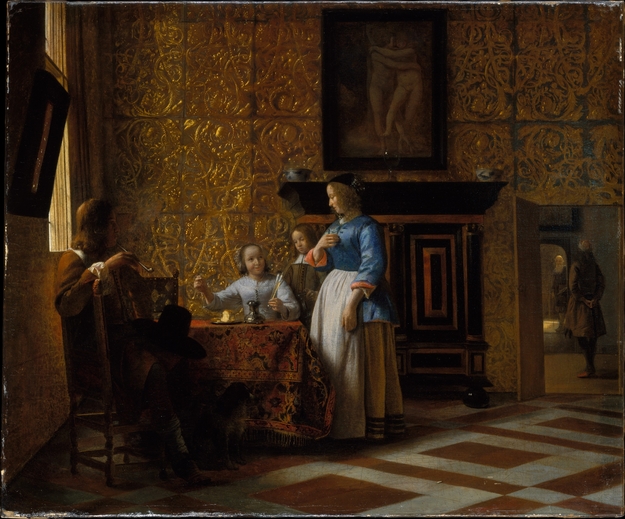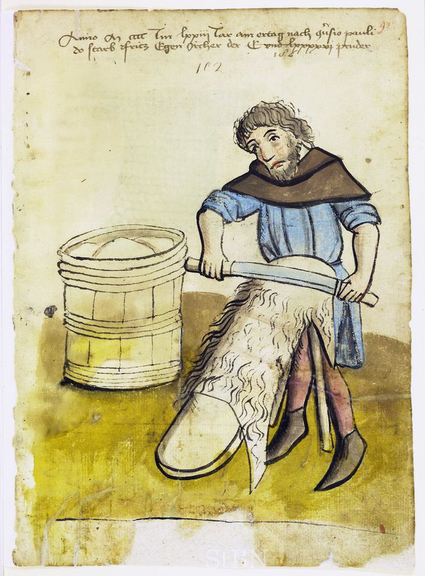Once a small port-city, Amsterdam began to resemble the bustling city we know today by the early modern era. In fact, during Amsterdam’s “Golden Age”—between 1585 and 1663—the city population grew fivefold (Abrahamse, 2010). As a corollary, the city of Amsterdam requested from the State of Holland to expand its areal scope and territorial jurisdiction in 1609. This meant absorbing some illegally built suburbs outside of old Amsterdam’s ambit of jurisdiction, for example the Jordaan neighbourhood. But most interesting of this 17th-century metropolitan plan is the introduction of functional zoning. A prized example of this zoning imposition is a lasting residential area, that marks the edge of the canal belt, for Amsterdam’s most elites: Prinsengracht, Keizergracht, and Herengracht. But this new zoning plan also affected industries. As new residential areas were sectioned off, noxious industries were also forcibly relegated to outside the city, to maintain a sanitised and refined centre. This inevitably affected breweries/distilleries, gunpowder manufacturing factories, hospitals for infectious disease/plague and tanneries (Abrahamse, 2010). In other words, as Amsterdam’s center metamorphosed into a pristine and upscale area, so were the smells erased from its original setting.
Take the (leather) tanning industry, which became most popular amongst the upper echelon in the late 17th century. And from the outset, the city had planned a designated area for them: by Looiersgracht (tanners’ canal) in Jordaan, due to the industry’s effect on public health. In fact, streets adjacent to the area still alludes to the tanning business: with street names such as Runstraat (‘rund’ meaning cow) and Huidenstraat (‘huiden’ meaning hide).
The tanning industry back then is a filthy and gruesome one even for the medieval standards. Usually, skins were delivered dried, stiff, untreated, and filthy—with hair, fats, flesh, and gore. The treatment begins with soaking the hides in clean water to make it more pliable. This dependency on a nearby water source is crucial and therefore, the Looiersgracht was dug out specifically with intent in 1612 (Abrahamse, 2010). After the soak, tanners would have pounded and scoured—also known as “bating”—the skin to loosen it, in order to scrape off the rest of the soften fats and flesh. Next come the treatment of the skins with urine, or salt brine, or an alkaline lime mixture, in order to de-hair the hide (also known as “liming”). Through this method, the hairs soaked in urine would have rotted away due to the former’s high pH value (Kumar, 2013). Some craftsmen would have also used stale beer or fermented rye mixed with urine to form an ideal solution to rot away the hairs. And with each step of the process, the skins are washed in the local water source, which would have been the canals in this case (Abrahamse, 2010). To conclude the process, the hides are then treated in solution-filled pits—in a process called “pickling”—, to attain the desired finish. This stage can take up to a year to allow the colour to mature. Naturally, it is obvious to see how fecal matter and rotting animal products would have easily created a standard so unhygienic even for medieval cities.
Yet, though as gruesome as the tannery setting is, the leather industry in Amsterdam was a profitable one. Leather was not only a practical and durably material for everyday wear; it also became the latest fad from 16th century onwards by way of gilt leather. Gilt leather was a fashionable means to decorate a well-to-do home. And nothing adds a sense of luxury more than leather wallpaper, embossed and gilded with silver/gold leaves. In fact, by the 17th-century, there were at least 14 active gilt leather makers in Amsterdam alone (Banham, 2013). Records of one iconic crafter, Hans le Maire, showed that up to 16,000 calf hides were treated and made into wallpaper in his workshop annually.
For our interest, it is pertinent to note how these ‘odiferous trade’ such as the leather tanning industry were kept away from the elites. Yet, it’s finished product adorns the very space from which it was banned. Secondly, it is also worth-noting how the smellscape of Amsterdam city was truly transformed by imposing this functional-zoning urban plan. While the city was sanitised in its centre, the peripheries must have suffered a concentrated amount of pollution. With that said, the case of the Amsterdam tanning industry is a prime example of how smells are also an indicator of a past socio-economic divide that is painfully glaring.

